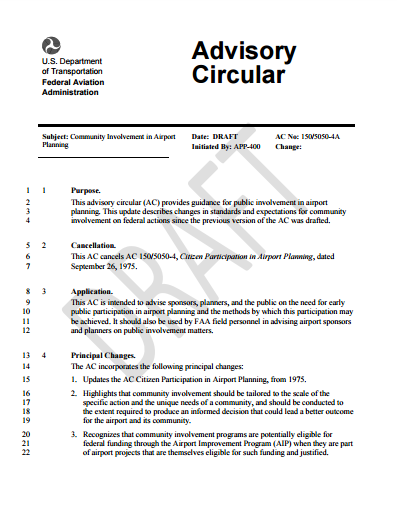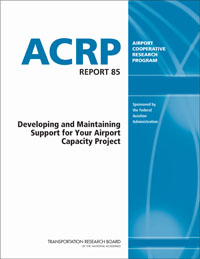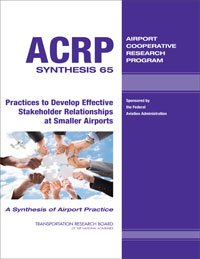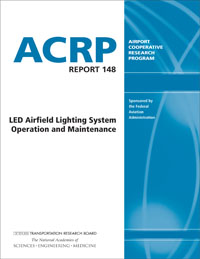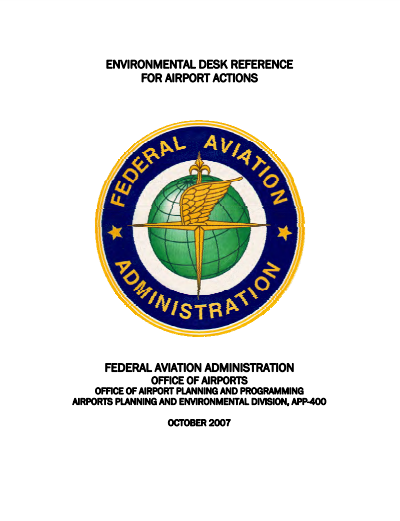Interim Guidance on Mitigating Public Risks Associated with Lead Emissions from Avgas
Abstract
Aviation gasoline (avgas) is a specialized fuel used to power piston engine aircraft. Due to the high octane requirements of these aircraft engines, a fuel additive, tetraethyllead (TEL), is used as an octane booster in avgas. The presence of TEL in avgas results in engine emissions from these aircraft that include lead.
In late 2008, EPA established more stringent National Ambient Air Quality Standards (NAAQS) for lead concentrations—the EPA changed the standard from 1.5 micrograms per cubic meter to 0.15 micrograms per cubic meter. In conjunction with lowering the lead NAAQS, the EPA required monitors to be placed in areas near industrial facilities with estimated lead emissions of 0.50 ton or more per year, at airports with estimated emissions of 1.0 ton or more per year, and on a case-by-case basis in locations where information indicates a significant likelihood of exceeding the standard. This lead monitoring is conducted by state and local air quality agencies.

